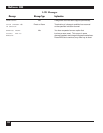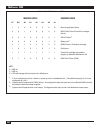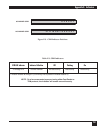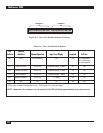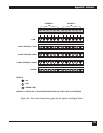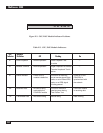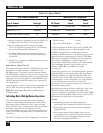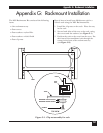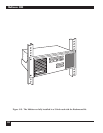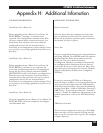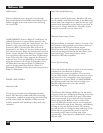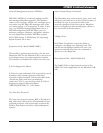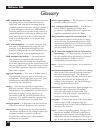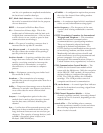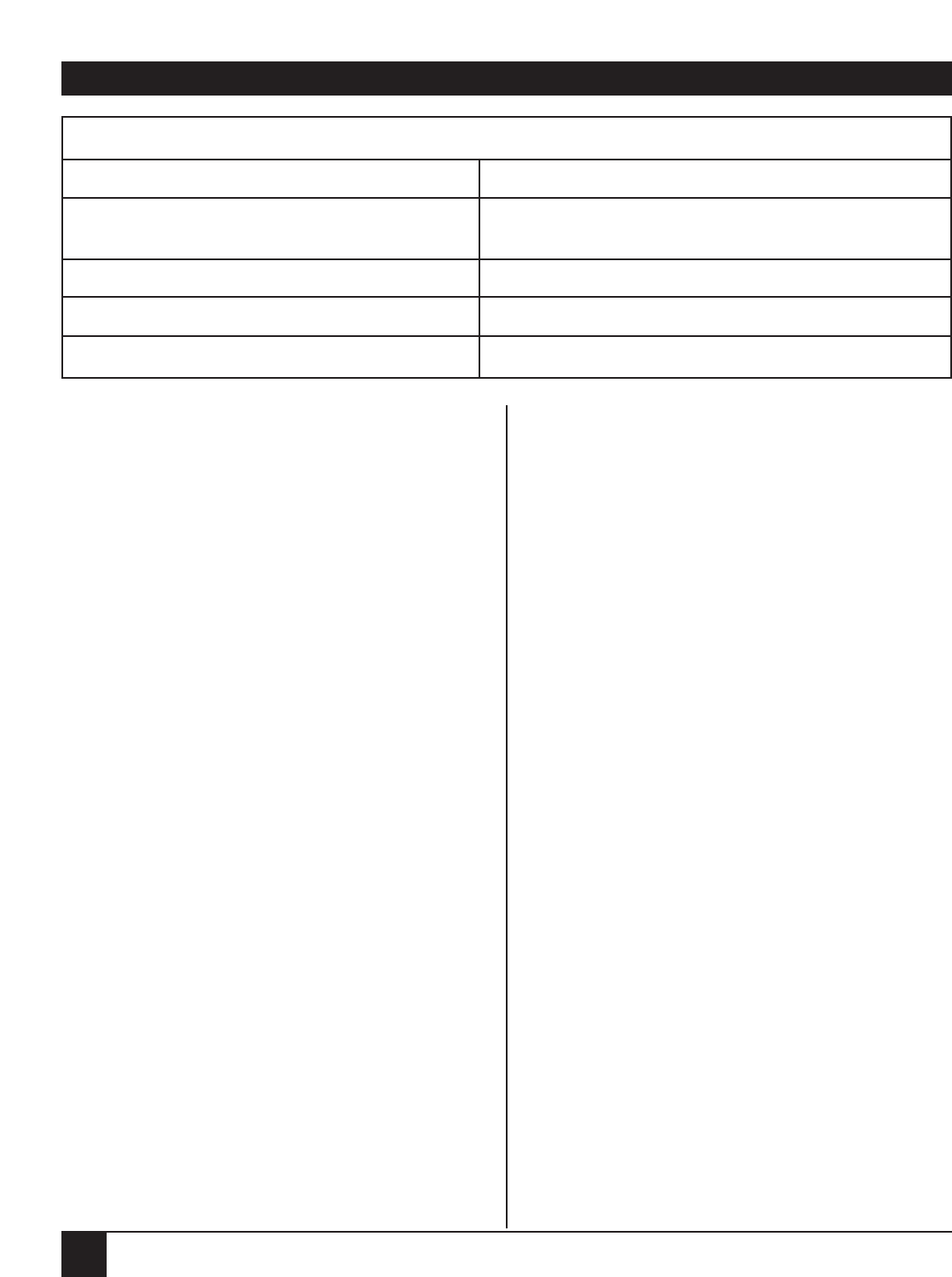
Multiserver 5000
246
• HP port should be enabled when Term Type 10 is
configured by the CPU or the terminal user.
• Do not define the DC2 character for either
X-ON or X-OFF when using X-ON/X-OFF flow
control for Hewlett-Packard systems.
• For ENQ/ACK protocol to function properly,
one port must be set as host and the other port
as terminal.
• An HP port configured as Host cannot enter the
Command Mode.
S
POOL MODE (TERM TYPE 19)
The spool mode uses X-ON/X-OFF characters from
the printer to indicate status conditions to the
HP3000 system. To avoid a system timeout, disable
the HP Channel Feature for ports that use the spool
mode. Set buffer and flow control to none (using the
Channel Characteristics Menu) when HP2631 and
HP2635 printers in an HP system are to operate in
the spool mode.
Ports with flow control = none will not respond to X-
ON/X-OFF from the terminal or the computer.
Table F-1 summarizes HP and non-HP channel
configurations.
Tail-Ending Mode (Dial-Up Modem Operation)
The tail-ending mode operates only for dial-up
modems connected to terminal ports. This mode
guarantees that a Multiserver unit, upon recogni-
tion of a disconnect request from a dial-up modem,
will deliver that disconnect indication to its
associated Multiserver port (the far-end terminal or
host), even if the composite line is temporarily out
of service.
For dial-in modems, set the configuration as follows:
• EIA Control Enable
• Sync Loss Disconnect Enable
A high transition of RI on a port with enabled EIA
controls, flags the port as a dial-up modem link.
If DSR is dropped by the modem at a dial-up
modem terminal interface, the Multiserver unit will
drop all control signals to the modem (DTR, Busy,
RTS, and Unassigned). DSR is passed through the
link, either immediately or after composite
reacquisition. DSR is then held low for one second.
The outbound signals in the direction of the
modem (DTR, Busy, and RTS) are made
transparent.
At the host interface, the tail-ending mode operates
with the DTR control signal. When the host drops
DTR, the Multiserver unit will drop RI, DSR, CD,
and CTS to the host. DTR is passed to the modem
(immediately or after composite sync reacquisition)
and is held for one second, after which the
previously held controls to the host are allowed to
be passed transparently.
Inbound data, which has been buffered in the local
Multiserver unit, will be passed through to the
remote terminal or host before interface signal DSR
goes low. Outbound data, buffered for the port that
performed the disconnect, is discarded.
N
OTES:
• Performing a reset on a tail-ending port
terminates the Command Facility on that port.
• Tail-ending ports may not perform composite
loopback tests.
• The remote unit will not display the current
configuration for a dial-in port if the values for
this port have been changed using the Local
Channel Configuration Menu.
Table F-1. Spool Mode
User Terminal Configuration Multiserver 5000 Configuration
Flow Buffer
Type of Terminal Term Type HP Channel Control Control
HP26XX CRTs 10 Enabled X-ON/X-OFF X-ON/X-OFF
Non-HP 4 (TTY) Disabled X-ON/X-OFF X-ON/X-OFF n/a
HP2631 and HP2635 Printers 19 Disabled None None



